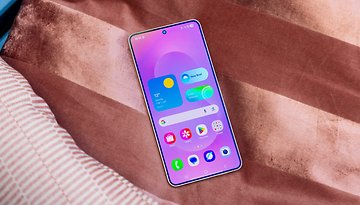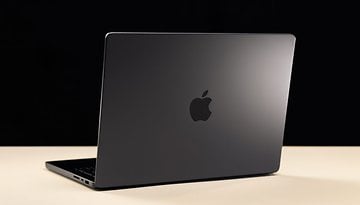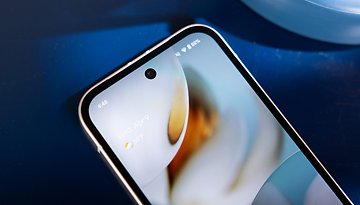Motorola & Xiaomi: Truly wireless charging is finally here and we're ready for it!


Chinese smartphone brands have been at the forefront of developing high-speed wired and wireless charging standards. While that battle continues to rage on, these brands have also working in the sidelines to develop the next generation of wireless charging technologies that will completely untether your phone from a cable or a wireless charging pad. The two companies in question are Xiaomi and Lenovo-owned Motorola.
While Xiaomi calls the new technology the ‘Mi Air Charge’, Motorola calls it the ‘Motorola One Hyper’ (not to be confused with the phone bearing the same name). Only Xiaomi has revealed in a detailed blog as to how the technology actually works. In the case of Motorola, it seems to be a quick-fix job to steal some of the thunder from Xiaomi’s announcement.
Mi Air Charge: How does it work?
As seen in the video, in its current form, Xiaomi’s Air Charge feature consists of a boxy wireless charger that Xiaomi refers to as a ‘self-isolated charging pile’. This ‘charger’ which we assume will be connected to an electrical outlet, also features five phase-interference antennas that can detect the location of a supported smartphone. Once the smartphone is detected within its range (which currently is 1 meter), the charging pile uses an inbuilt phase control array that consists of 144 antennas that use beamforming technology to transmit millimetre-wide waves directly to the phone.
As you might have guessed by now, the recipient smartphone will need to feature its own antenna array that can receive these waves and convert them into usable electric power.
Xiaomi claims that it has developed a miniaturized antenna array that includes a built-in “beacon antenna” and “receiving antenna array”. The job of the beacon antenna is to broadcast its position to the self-isolated charging pile while the receiving antenna will convert the millimetre-wave signal into usable electric energy using a rectifier circuit.
We're excited to bring you the remote charging technology - Mi Air Charge Technology! Charge multiple devices simultaneously while you're gaming, walking around or even when something's in the way, no strings attached. Another giant leap forward in wireless charging technology! pic.twitter.com/wEoB10wOQ2
— Xiaomi (@Xiaomi) January 29, 2021
In its current form, Xiaomi claims this technology can be used to remotely charge a single device at a speed of 5 watts. The company also vouches that the charging efficiency is not reduced even if there are physical obstacles between the ‘charger’ and the smartphone. While the 5-watt charging speed is certainly not impressive, we do have to accept that this technology is still in its infancy. Xiaomi also plans to develop the technology further to add multiple devices.
In a statement to our friends at XDA-Developers, Xiaomi confirmed that it will still be a before this truly wireless charging technology will make it to a product that you and I can use. As of now, the project is still in a tech demo stage.
What about Motorola?
Currently, there is precious little about Motorola’s implementation of similar technology. Motorola’s announcement was also a lot less formal and was made via a Weibo post. The post showcased two Motorola smartphones being wirelessly (untethered) charged after being kept at different distances (80cm and 100cm) from the wireless charger. Motorola also shows that the charging stops when a hand is placed between the charging station and the phone - a move that we think is mostly for health reasons.
Since mmWave-based technologies are under heavy scrutiny for their effect on human health, there is still some time before these technologies go mainstream. However, we do think this is a step in the right direction towards a truly wireless future where all your gadgets will break free from cables and wires of all kinds?
Source: Xiaomi Blog














Wait for the unified standard so you don't build a waste stream of proprietary incompatible junk. You'll save money and headaches too.